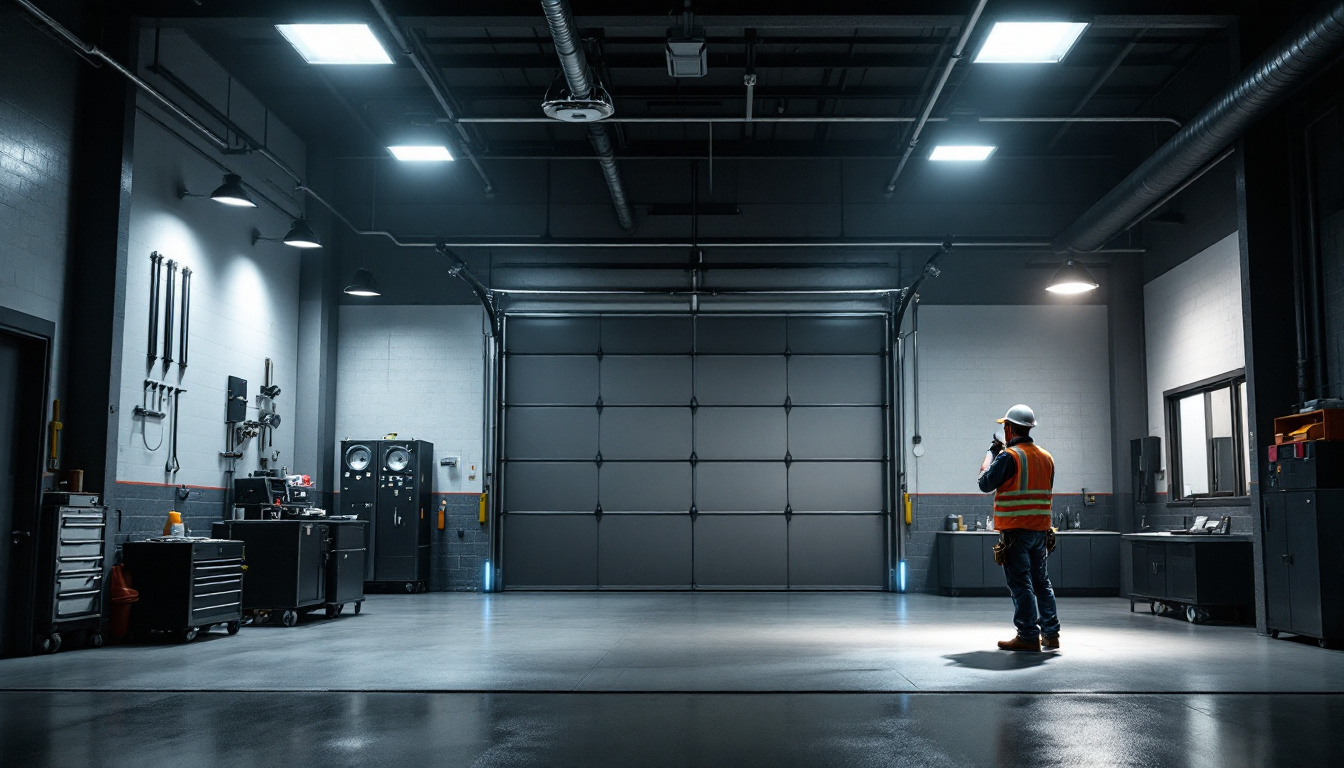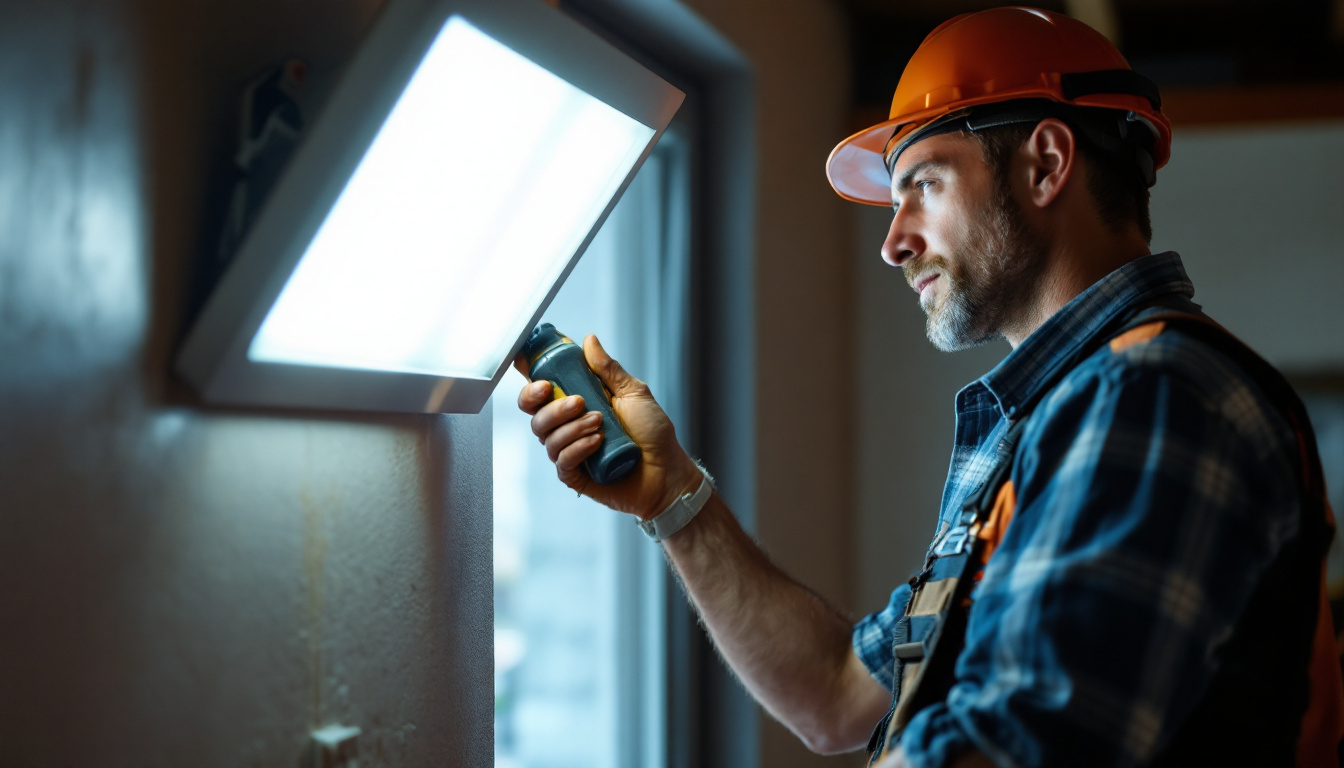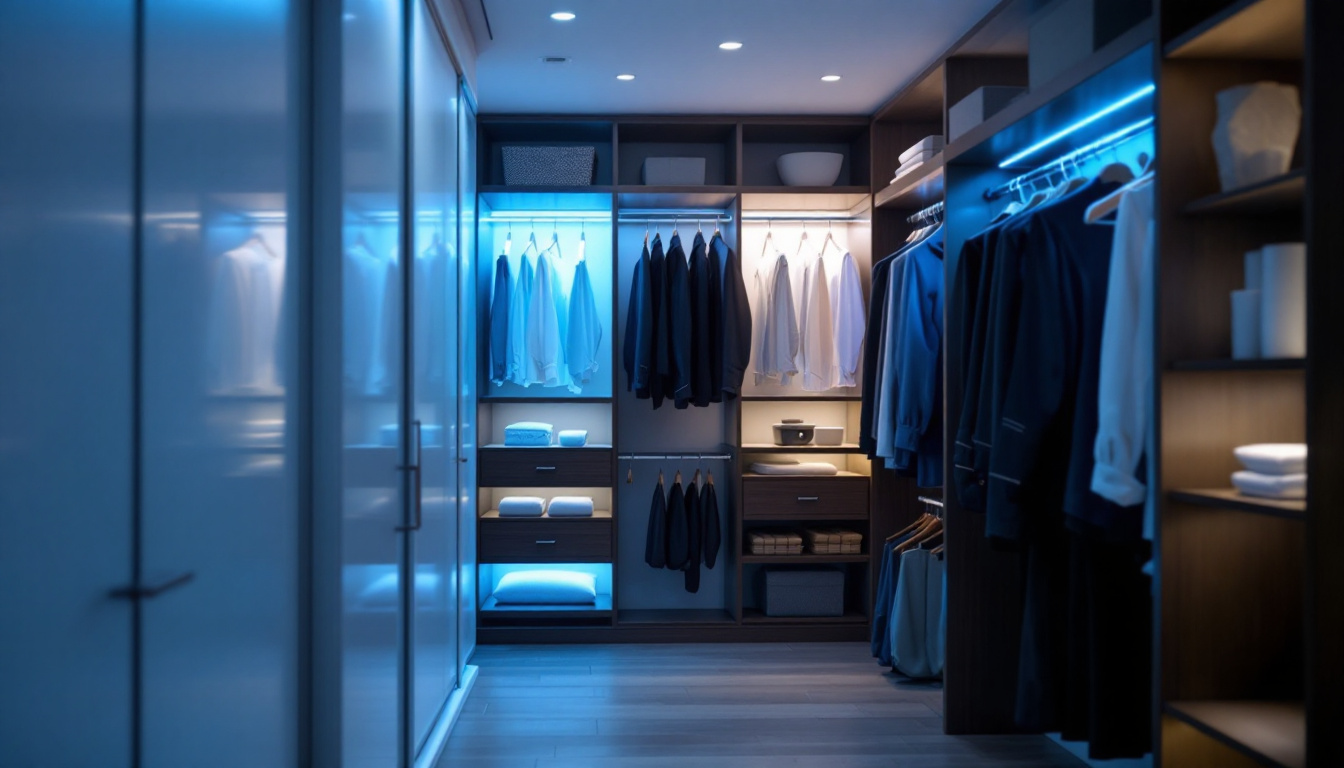
Highbay lighting is a critical component in various industrial, commercial, and warehouse settings. As lighting contractors, understanding the complexities and challenges associated with highbay lighting installation and maintenance is essential for delivering optimal solutions to clients. This article delves into the common challenges faced by lighting contractors in the highbay lighting sector and provides strategies to overcome them.
Highbay lighting refers to fixtures designed to illuminate large spaces with high ceilings, typically ranging from 15 to 25 feet. These fixtures are commonly used in warehouses, manufacturing plants, gymnasiums, and retail spaces. Their primary purpose is to provide adequate illumination while ensuring energy efficiency and longevity.
As the demand for energy-efficient lighting solutions continues to grow, highbay lighting has evolved significantly. Modern LED highbay fixtures offer improved energy savings, longer lifespans, and better light quality compared to traditional lighting options. However, the transition to these advanced systems also brings its own set of challenges for lighting contractors.
One of the most notable advancements in highbay lighting technology is the integration of smart lighting systems. These systems allow for real-time monitoring and control of lighting conditions, enabling users to adjust brightness levels based on occupancy or time of day. This not only enhances energy efficiency but also contributes to a more comfortable environment for workers and customers alike. Additionally, smart highbay lights can be programmed to provide different lighting scenarios, which can be particularly beneficial in multi-purpose spaces where activities may vary throughout the day.
Moreover, the design of highbay fixtures has also seen significant improvements. Contemporary designs focus on maximizing light distribution while minimizing glare, which is crucial in settings where precision and safety are paramount, such as in factories or sports facilities. The use of advanced optics and reflective materials ensures that light is evenly spread across the area, reducing the need for multiple fixtures and thus lowering installation costs. As industries continue to prioritize sustainability, the choice of materials in highbay lighting is also evolving, with many manufacturers opting for recyclable and environmentally friendly components, further enhancing the appeal of modern highbay solutions.
Lighting contractors often encounter various challenges when working with highbay lighting. These challenges can range from technical issues to client expectations and regulatory compliance. Understanding these challenges is the first step toward effective problem-solving.
One of the primary challenges in highbay lighting installation is ensuring proper fixture placement. Incorrect placement can lead to uneven lighting, resulting in dark spots and glare. This not only affects visibility but can also impact safety in work environments.
Additionally, the selection of appropriate fixtures is crucial. Contractors must consider factors such as lumen output, color temperature, and beam angle to ensure the lighting meets the specific needs of the space. The rapid advancement in lighting technology can make it challenging to stay updated with the latest products and solutions.
Managing client expectations is another significant challenge. Clients may have specific ideas about aesthetics, brightness levels, and energy efficiency that may not align with the technical realities of highbay lighting. Effective communication is essential to bridge this gap and ensure that clients understand the implications of their choices.
Furthermore, clients often seek cost-effective solutions. Balancing quality with budget constraints can be a delicate task. Lighting contractors must provide options that meet client needs without compromising on safety or performance.
Compliance with local and national regulations is a critical aspect of any lighting project. Highbay lighting installations must adhere to safety standards, energy efficiency guidelines, and building codes. Navigating these regulations can be complex, especially as they may vary by region.
Failure to comply can result in costly fines, project delays, and potential safety hazards. Therefore, staying informed about relevant regulations and ensuring all installations meet these standards is essential for lighting contractors.
While the challenges in highbay lighting are significant, there are effective strategies that lighting contractors can employ to navigate these hurdles successfully. From enhancing technical knowledge to improving communication with clients, these strategies can lead to more successful project outcomes.
Continuous education is vital for lighting contractors to stay ahead of the curve. Investing in training programs, workshops, and certifications can enhance technical knowledge and skills. Understanding the latest advancements in highbay lighting technology enables contractors to make informed decisions and recommend the best solutions to clients.
Furthermore, staying updated on industry trends and best practices can improve overall project efficiency. Knowledgeable contractors are better equipped to troubleshoot issues and provide innovative solutions that meet client needs.
Building strong relationships with clients through effective communication is essential. Lighting contractors should take the time to understand the specific requirements and expectations of each client. This involves asking the right questions and actively listening to their concerns.
Providing clear explanations of technical concepts and the implications of different lighting options can help clients make informed decisions. Visual aids, such as lighting simulations or mock-ups, can also be beneficial in illustrating the potential outcomes of various choices.
A comprehensive site assessment is crucial for successful highbay lighting installation. Lighting contractors should evaluate the space to determine the optimal placement of fixtures, taking into account factors such as ceiling height, layout, and existing lighting conditions.
Utilizing advanced tools and software for lighting design can enhance the accuracy of assessments. These tools can simulate lighting scenarios, helping contractors visualize how different configurations will impact the space. By conducting thorough assessments, contractors can minimize the risk of installation errors and ensure client satisfaction.
Selecting the appropriate highbay lighting solution is paramount for achieving the desired outcomes in any project. The right choice can enhance visibility, improve energy efficiency, and contribute to the overall aesthetics of the space.
Energy efficiency is a critical consideration when selecting highbay lighting fixtures. LED options are often the preferred choice due to their lower energy consumption and longer lifespans compared to traditional lighting sources. Contractors should evaluate the efficacy of different fixtures, measured in lumens per watt, to ensure optimal performance.
Additionally, understanding the return on investment (ROI) for energy-efficient lighting solutions can help clients justify the upfront costs. Highlighting potential savings on energy bills and maintenance can make a compelling case for the adoption of advanced lighting technologies.
The aesthetic appeal of highbay lighting fixtures can significantly impact the overall atmosphere of a space. Lighting contractors should consider the design and finish of fixtures to ensure they align with the client’s vision. Options range from sleek, modern designs to more traditional styles, allowing for flexibility in meeting client preferences.
Moreover, color temperature plays a crucial role in setting the mood of a space. Warmer tones may be more suitable for retail environments, while cooler tones can enhance productivity in industrial settings. Understanding these nuances can help contractors make informed recommendations that resonate with clients.
The integration of smart lighting technology into highbay lighting systems is becoming increasingly popular. Smart lighting solutions offer enhanced control and flexibility, allowing users to adjust brightness levels and schedules based on specific needs.
Contractors should explore options for incorporating smart technology, such as occupancy sensors and daylight harvesting systems, into their highbay lighting designs. These features not only improve energy efficiency but also enhance user experience by providing tailored lighting solutions.
Proper maintenance of highbay lighting systems is essential for ensuring longevity and optimal performance. Regular maintenance can prevent issues that may lead to costly repairs or replacements down the line.
Lighting contractors should work with clients to establish a maintenance schedule that includes routine inspections and cleaning. Dust and debris can accumulate on fixtures, diminishing their effectiveness over time. Regular cleaning can help maintain optimal light output and prolong the lifespan of the fixtures.
Additionally, conducting periodic assessments of the lighting system can identify potential issues before they escalate. This proactive approach can save clients time and money while ensuring a consistently well-lit environment.
Educating clients on the importance of maintenance is crucial for ensuring the longevity of highbay lighting systems. Contractors should provide clear guidelines on how to care for fixtures, including recommended cleaning methods and frequency of inspections.
Offering training sessions or informational materials can empower clients to take an active role in maintaining their lighting systems. This not only enhances client satisfaction but also fosters long-term relationships built on trust and expertise.
Highbay lighting presents unique challenges for lighting contractors, from technical issues to client expectations and regulatory compliance. However, by implementing effective strategies, contractors can overcome these challenges and deliver exceptional lighting solutions that meet client needs.
Investing in training, fostering effective communication, conducting thorough site assessments, and selecting the right lighting solutions are all critical components of successful highbay lighting projects. Moreover, establishing maintenance schedules and educating clients on upkeep can ensure the longevity and performance of lighting systems.
As the lighting industry continues to evolve, staying informed about advancements and best practices will empower contractors to navigate the complexities of highbay lighting effectively. By embracing these strategies, lighting contractors can enhance their service offerings and contribute to brighter, safer, and more efficient spaces.
Ready to tackle the challenges of highbay lighting with confidence? LumenWholesale is here to support you every step of the way. Our extensive range of spec-grade lighting products is designed to meet the demands of any project, big or small. With unbeatable wholesale prices and the convenience of free shipping on bulk orders, you can trust us to provide the quality, affordability, and reliability you need to illuminate spaces efficiently and effectively. Don’t let middleman markups dim your project’s potential. Choose LumenWholesale for Wholesale Lighting at the Best Value and brighten your professional offerings today.

Explore the impact of garage lighting on the profitability of lighting contractors.

Discover the frequent pitfalls lighting contractors encounter when working with 5000K LED lights.

Discover innovative techniques for lighting contractors using solar-powered lantern lights outdoors.

Discover the key challenges lighting contractors face when installing LED lighting in closets.